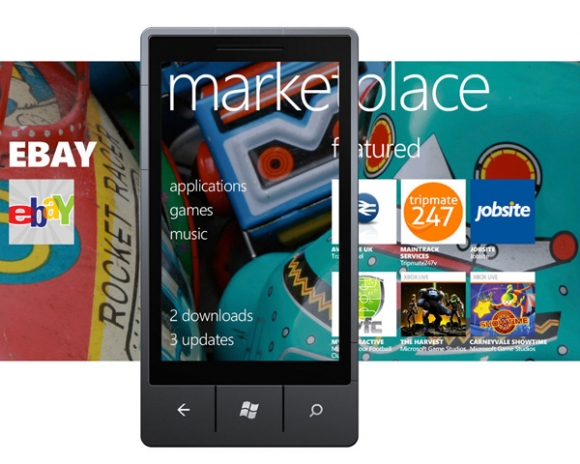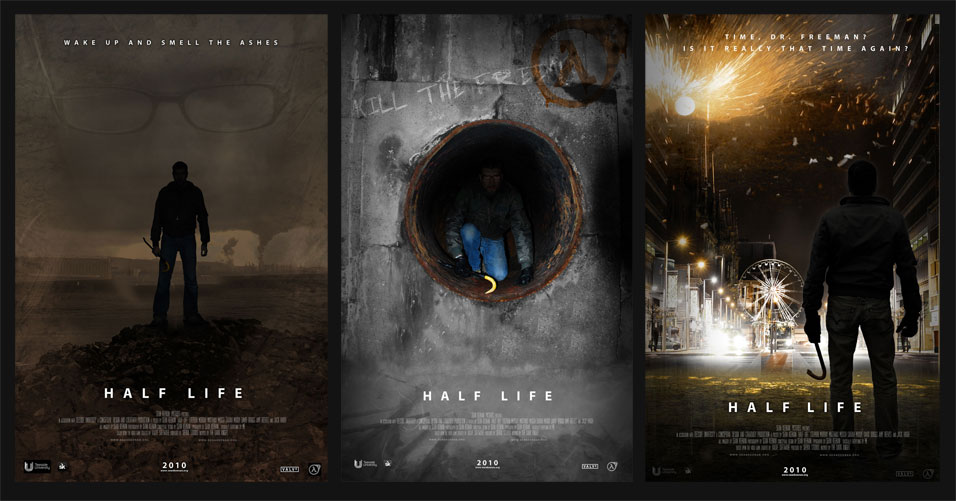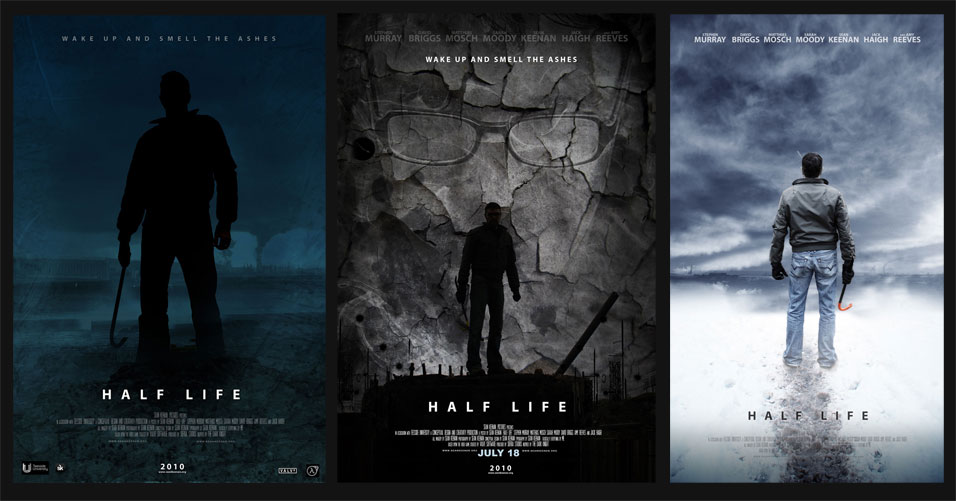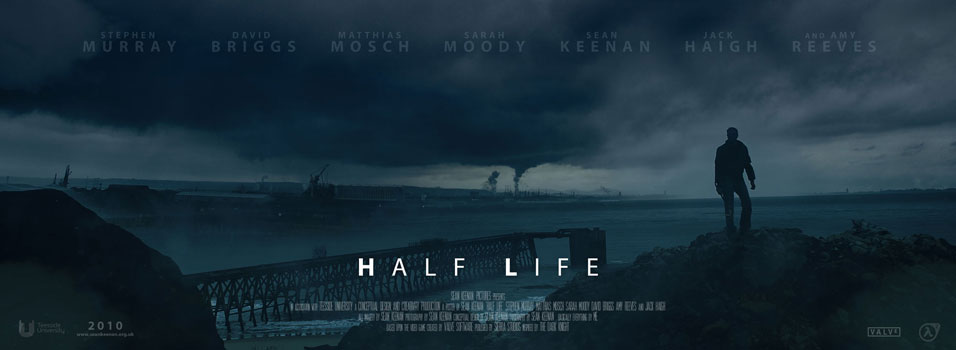Free-to-play games are often negatively perceived by certain gamers, and even by some people within the gaming industry. However, F2P games have to be designed for hundreds of hours of gameplay, and have to allow for feedback from users.
“In free-to-play you can’t simply create a good game that attracts an audience; instead you have to create a sandbox for intense human interaction and emotion with sticky hooks that not only get and keep people playing, but incite them to spend money repeatedly,” writes Robin Kaminsky is the co-founder and CEO of 1st Street Partners. “Or said another way, traditional game developers create amazing and beautiful content whose primary (and perhaps only) objective is to get you to buy the game. They don’t need to care how often you play, whether you play all parts of the game or at its heart, if you even play the game at all. The sale’s been made. Publishers can even market their way to success on a traditional but lower quality console and PC game, because in that market you simply have to acquire purchasers upfront. A free-to-play developer does not have that luxury.”
Kaminsky thinks that the development problems for F2P developers are greater than conventional developers. She thinks that understanding the desires of players in a F2P environment makes it the most exciting challenge in development.
“I believe free-to-play is the new frontier of western game development,” said Kaminsky. “Free-to-play’s biggest difference is that success is based on creating an intense emotional response and ensuring real human interaction across huge hours of play. People are interesting, complex and challenging. In free-to-play games, people ARE the game, not the graphics, not the game mechanic, not the AI or scripting, but real, living, breathing people. The games must be designed to drive the consumer to engage with the game and ideally with one another. This is the key to success for Words with Friends. Real people get to interact virtually. The more engagement, the better the results.”
“Great free-to-play games are built to create intense emotional trigger points to drive purchase. Hard core themed games from publishers like Addmired do this extremely well with violence and clans providing the emotional triggers. But more casual games can do this too using animals and other cuddly creatures to get an emotional response. Diner Town Zoo by Playfirst has a well-defined economy built around the emotional connection to its world and animals,” notes Kaminsky. “Monetization is also increasingly built through ‘chance’, when the player spends to get something big for less. There is an increasing use of games of chance within the free-to-play environment, whether hidden as a game mechanic as is the case with DragonVale breeding or Dream Zoo animals, or more obvious as is the case with the daily spin on Bejeweled Blitz. This is not surprising given the consistent and increasing success of poker, slot and bingo games and the Chinese and Korean development models to follow.”
“For all these reasons, free-to-play is the most interesting and challenging development available to game makers today. Most free-to-play games do not look like console games (yet) but they offer as many, if not more, complex and interesting design and programming challenges. The world of free-to-play in the west is in its infancy. The future of gaming is free-to-play, perhaps not exclusively but certainly in terms of category growth. If building profitable free-to-play games was easy everyone would be successful, but it’s not easy and the barrier is not money to make the game (as it is in part on consoles) but rather the game maker’s ability to build truly engaging, compelling content that drives the players to engage with the game and one another in a way that creates real meaning. This is the power and the challenge,” she concludes.





